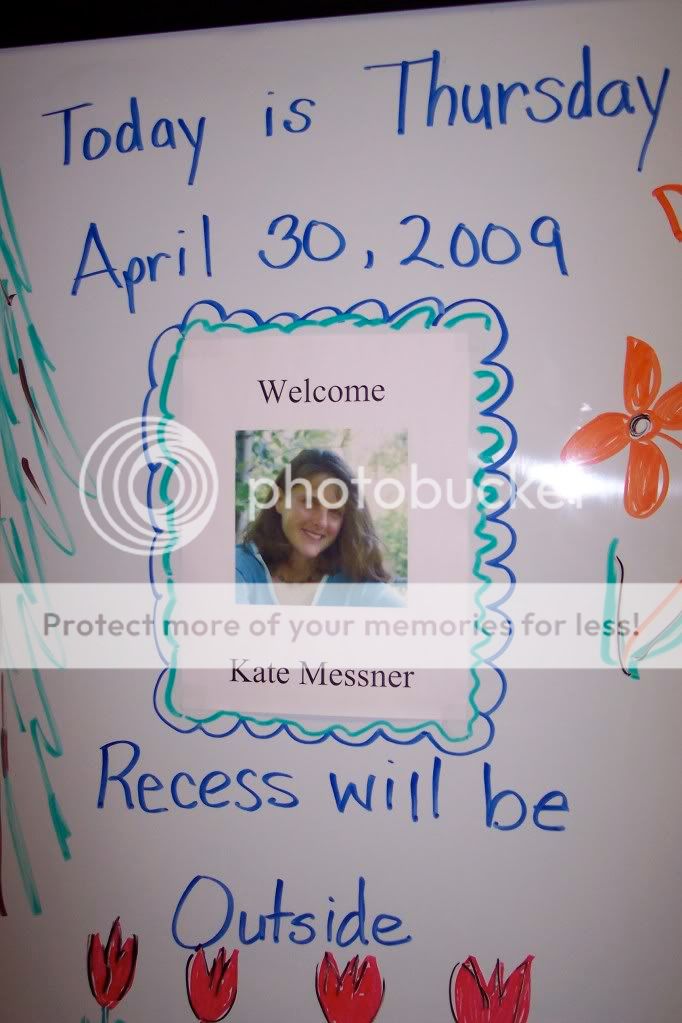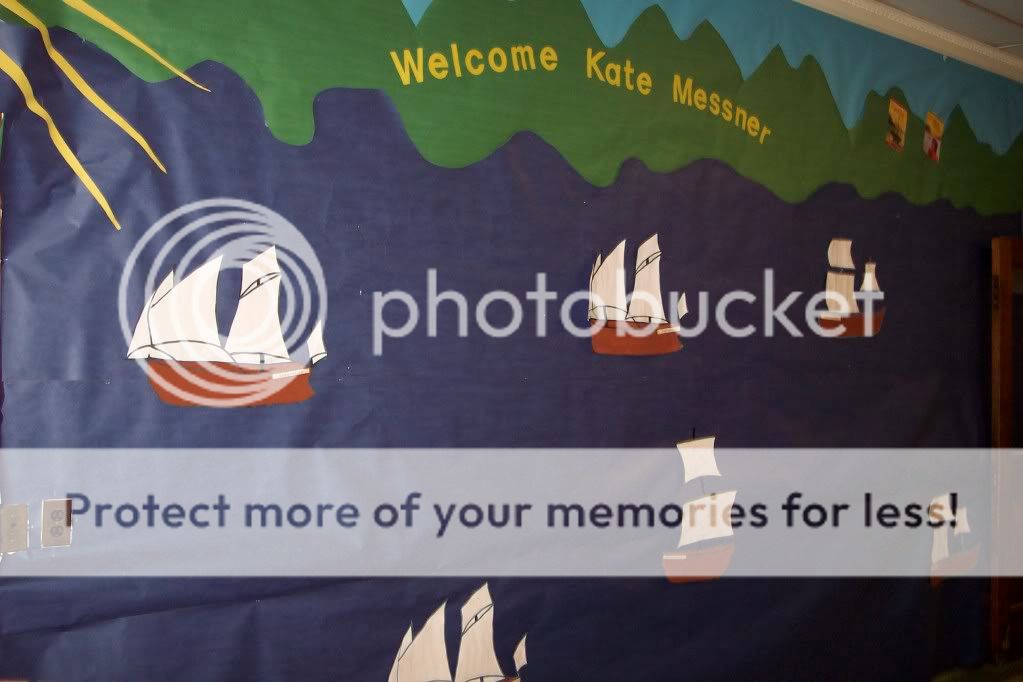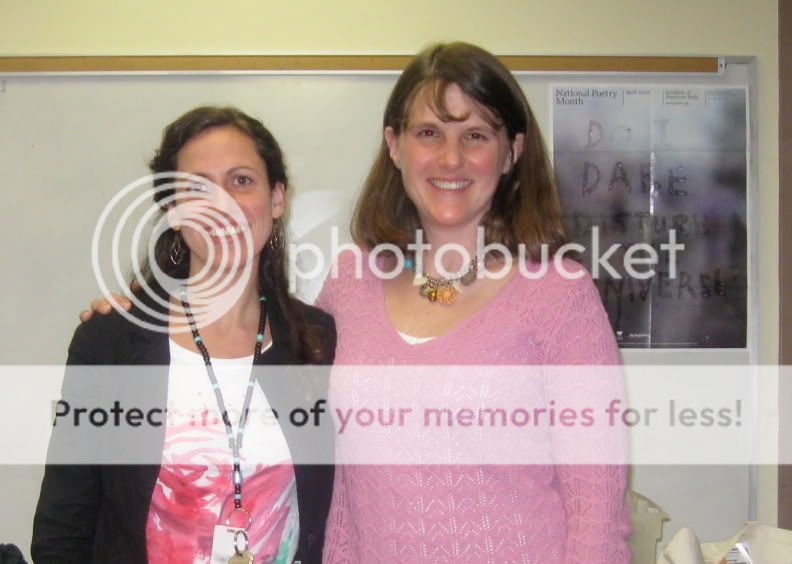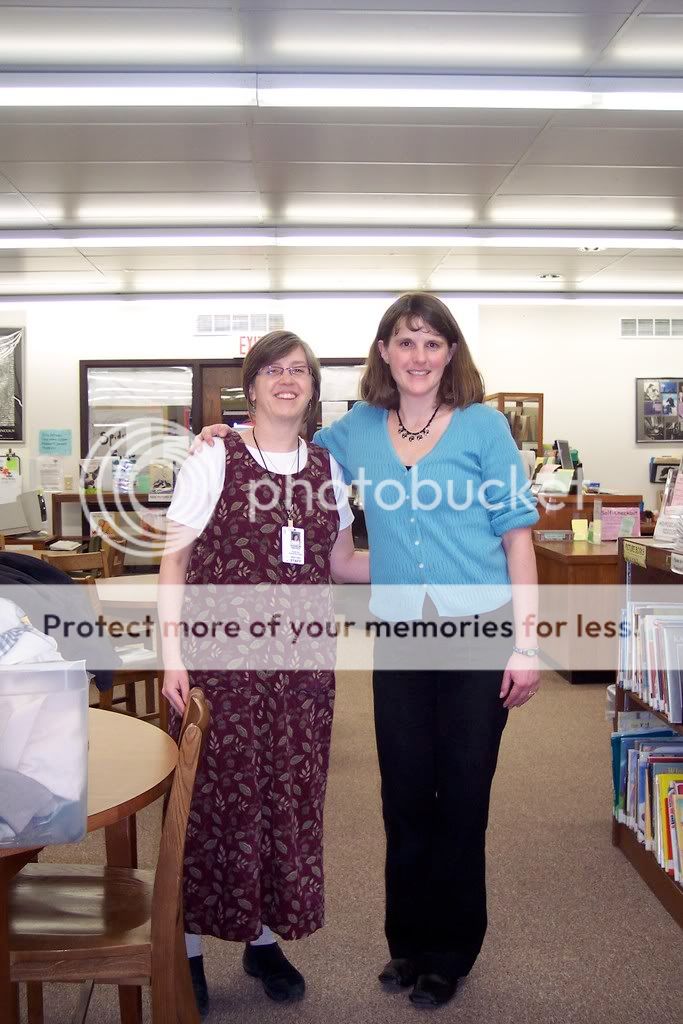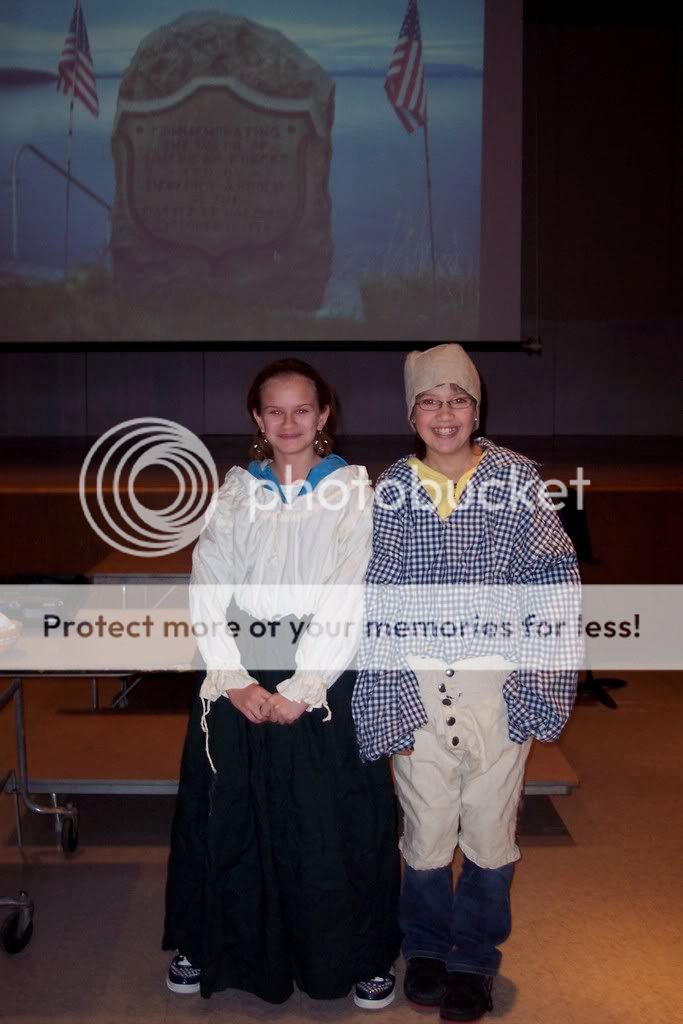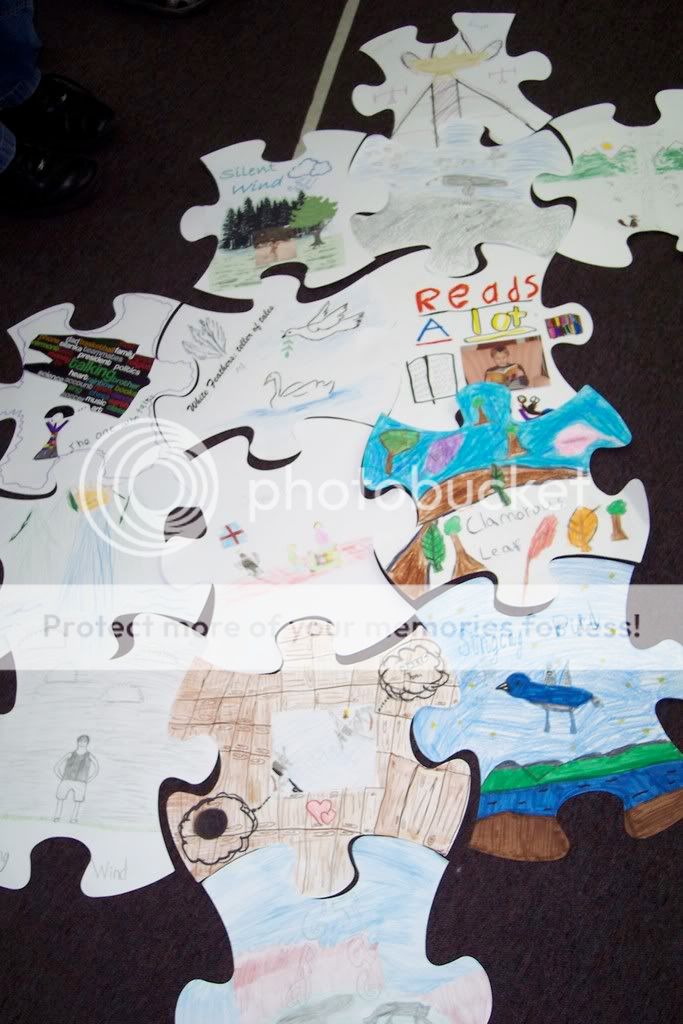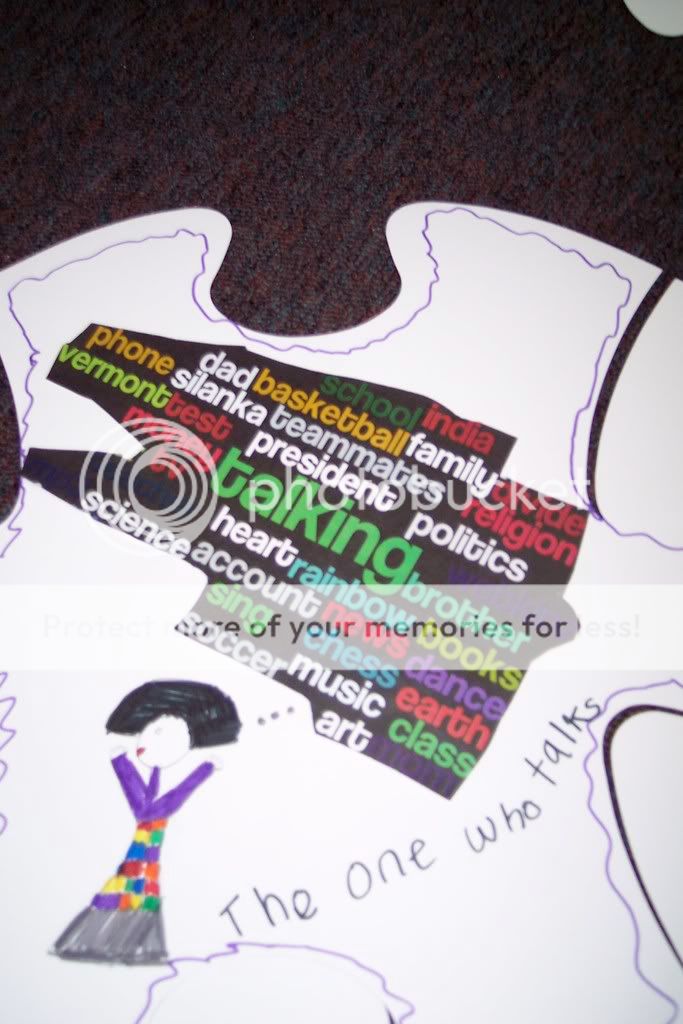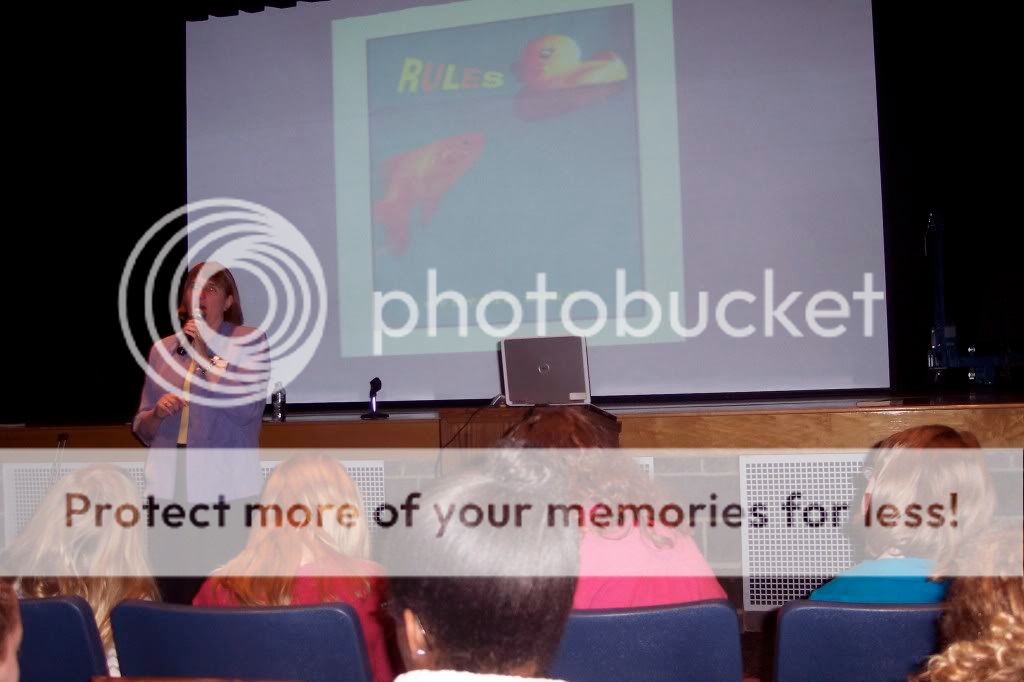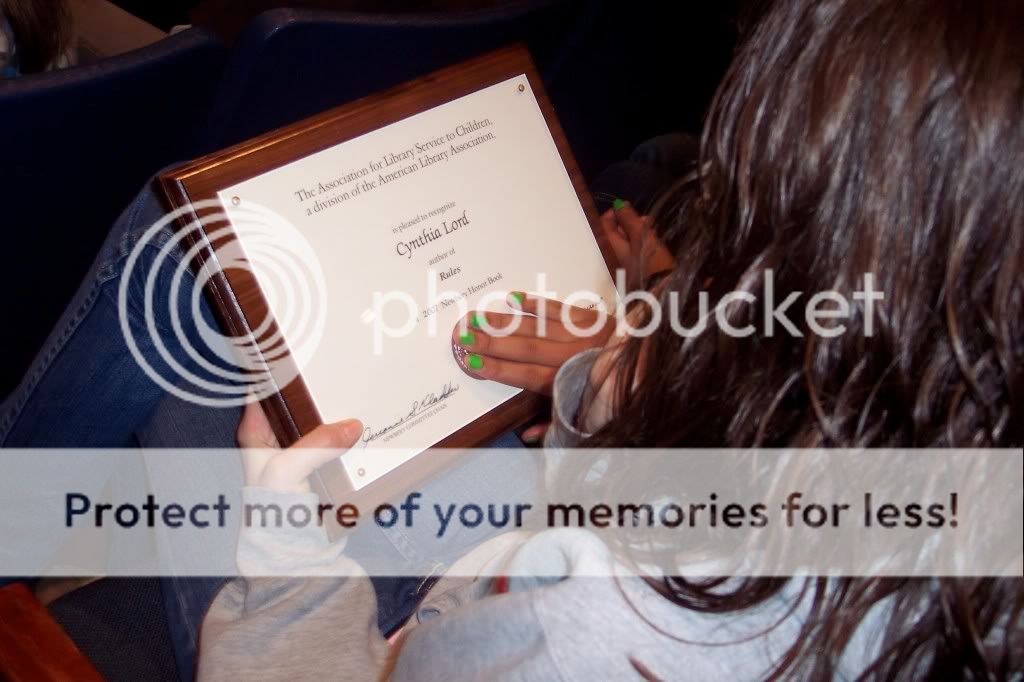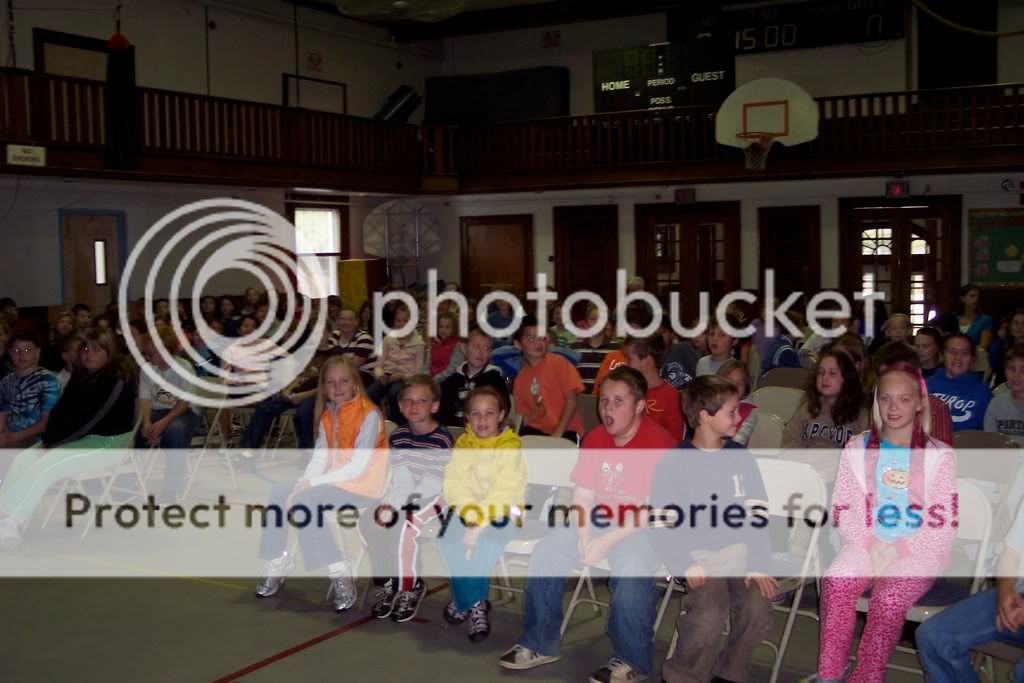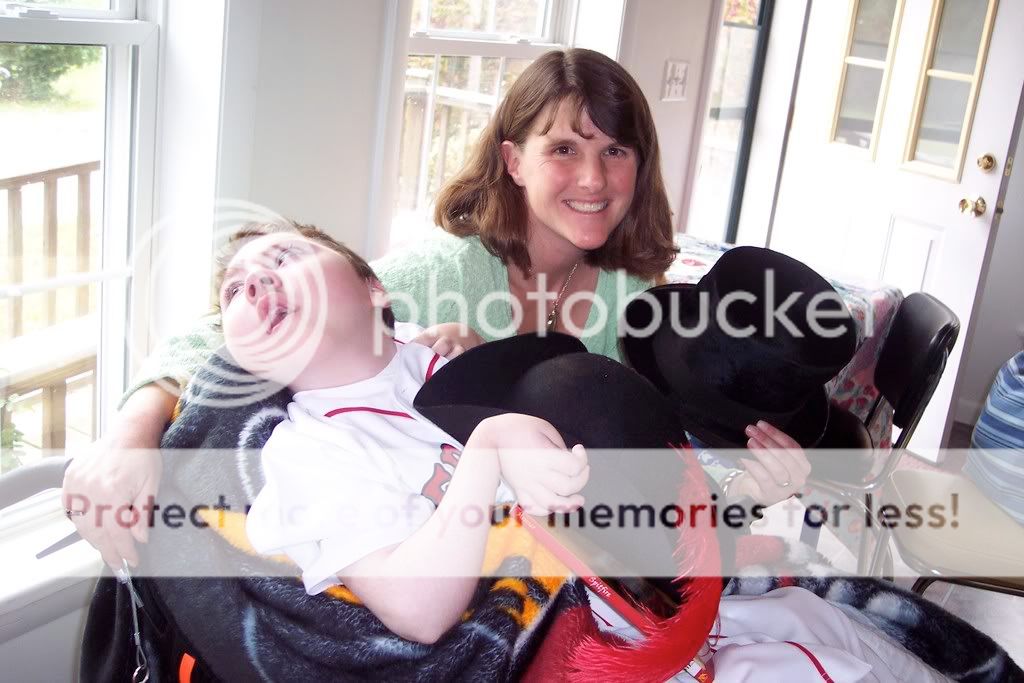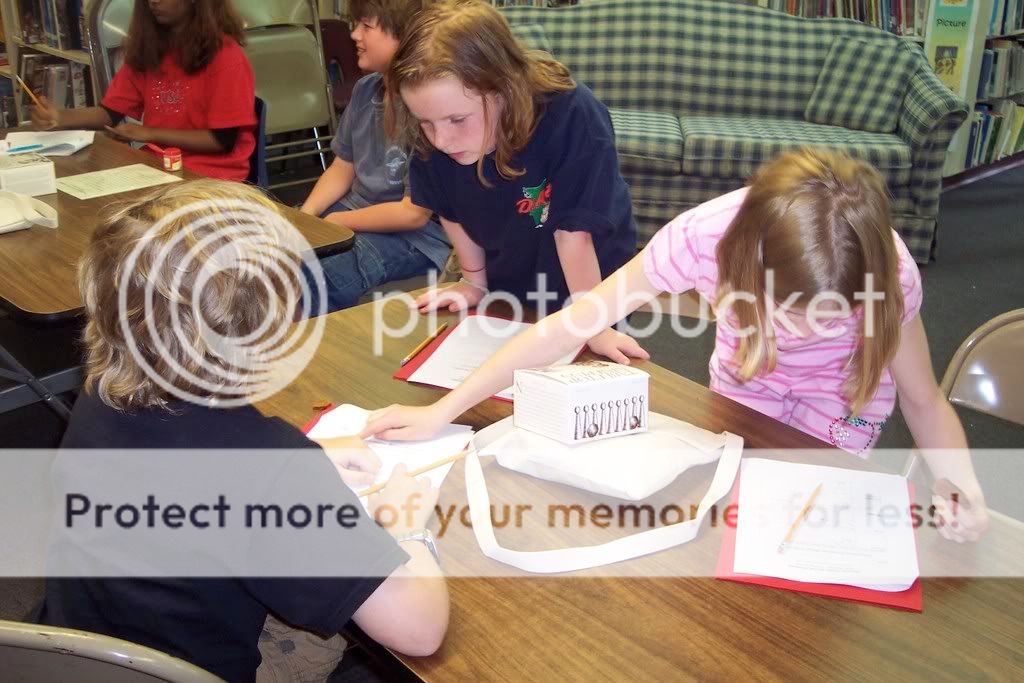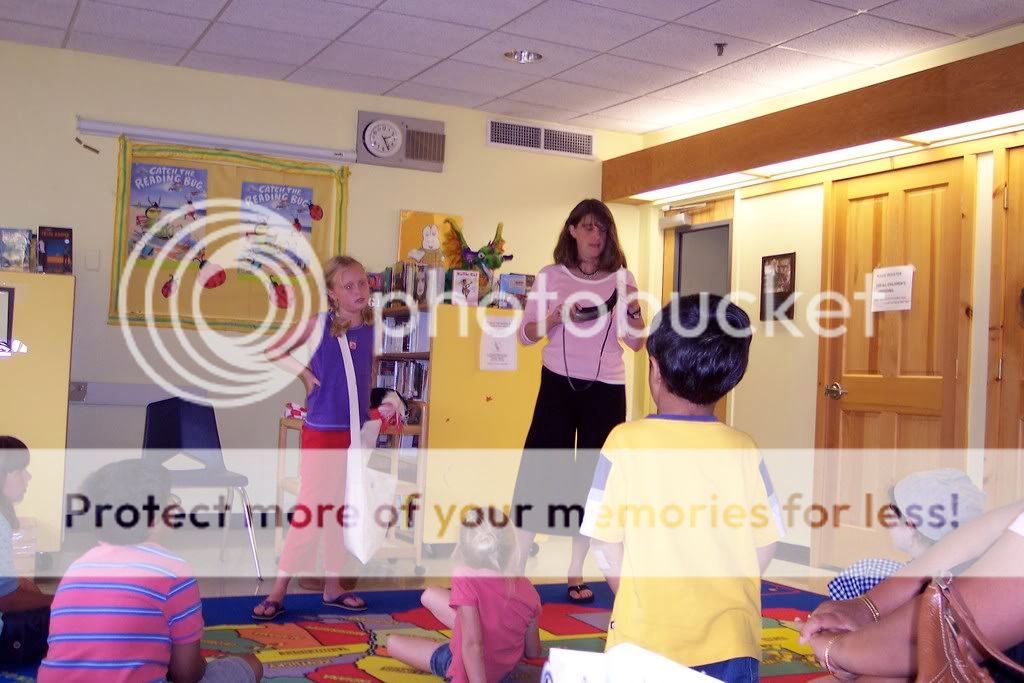Talk about an interested, enthusiastic group of readers! I spent a terrific day with the 4th, 5th, and 6th graders at Ogdensburg’s Madill Elementary School last week. They had great questions during my visit and sent me even more questions & comments today, and I promised them a blog post. Curious minds want to know…
If you were Pascal, what would you do in the middle of battle?I’d probably feel scared and try my best to follow orders, just like Pascal did. I’d like to hope I’d have some of the same courage that Abigail showed, too.
Spitfire is a really good book.I liked the part when Pascal discovered that Adam was a girl. I still wonder why they couldn’t just buy canned food instead of eating hard tack.
There was no “canned food” like we’d buy at the grocery store. Hardtack and dried peas and beans were the best options they had at the time when it came to food that would last a long time on a ship.
I thought the stuff you researched was really cool like the ship that was at the bottom of the Lake Champlain.
Thanks! I love learning about shipwrecks!
I really liked you spoke loudly and and didn’t act as nervous as you really were.
Hey! How did you know I was nervous?!
My favorite thing in Spitfire was when Pascal found out that Adam was actually Abigail and he didn’t tell anyone she was a girl. When you wrote your first book were you nervous about what people were going to think of it?
Yes – and I’ll feel that way about the second book, and the third book, and probably all the rest. When you write a book, you put lots of yourself into it — lots of pieces of your heart — and hope that readers connect with the story you had to tell. It’s very, very exciting when they do, which is why I so loved visiting your school.
How old were you when you wrote Spitfire?
When I started or when it was published? (It’s a big difference!) I started researching Spitfire seven years ago, so I was 31 then. I’m 37 now.
Why did you choose to write a book about the Revolution?
Remember when I told you I used to daydream a lot in school? I still daydream, and now that I live on Lake Champlain, I think a lot about what happened out on the lake before I was around to see it. I was fascinated by the Battle of Valcour Island, especially.
What was it like being on the ship during the reenactment?
It was really fun and really interesting. I had to listen carefully, too, to understand the orders I was being given. Most of the people there had much more experience reenacting than I did, so I had to work extra hard to follow directions.
How did you come up with all the different characters?
Many of the characters in Spitfire are based on real historical figures. That’s one of the great things about writing historical fiction; you don’t have to make everything up. Others, like Abigail and her Uncle Jeb and Aunt Mary, were fictional. I spent time writing about them — their lives and what they were like — before I wrote the book so I’d know that they were acting in a realistic way for their characters.
You said some characters are like you and the people you know. Who is Philip based on?
Philip wasn’t based on anyone in particular. He’s really a character I invented to try to capture the fear that all of these men must have felt, being thrown into a naval battle when few of them even had experience sailing.
I liked your book Spitfire because it has a lot of facts and details. What does it feel like to be an author?
It’s wonderful. Especially after working so hard to have a book published. And especially when I get to meet real live kids who have read my book – so thank you!
Do you like writing children’s books or would you rather write books for adults?
No offense to your teachers…but I’d much rather write for kids. I believe the books we read as kids are books that help shape us, in a way that adult books can’t quite do, no matter how beautifully they’re written.
I’m really interested in Spitfire. it was cool in the book when they had to cut Phillip’s,then put his arm in tar and when they tried to sneak around the British ships. How lond did it take you to write Spitfire?
It took me about a year to do the research, a year and a half to write, another few years to send out the manuscript and get feedback with rejection letters, and then another year to do final revisions and edits after I found a publisher.
Why did you put Pascal in the book?
Because I was amazed by the idea that a real boy who was just twelve years old fought in that battle.
Did you make those horns into powder horns yet?
Er….umm….well, no. Not yet. The truth is, it turns out they’re kind of small for real powder horns. And I’ve discovered that I like taking them around to schools to show kids like you.
I think you are really brave to do all the stuff that you did for us all the Madill kid students.
Well, gee… thanks! You were all so friendly that I wasn’t all that nervous, even though there were a lot of you!
I love the pictures you showed us because you gave us a lot of details of what you do for a living. I like you because you gives us a lot of details about your life. Not everybody does that so we are so lucky we found and met you. I love your personality because you’re really nice, nicer than anybody I’ve ever seen or heard from.I like the hard tack you gave us because you took time to let us try those so thank you for everything.
Wow! Thank you! You were all very nice, too!
Kate Messner, thank you for coming. I really like your book. Is the Josh person a real person?
No. Josh was a fictional character I invented for that early draft of the book that I told you about. Poor Josh never even made it into the final draft.
What was your favorite book when you were in school? How old were you when you read it?
When I was in elementary school, I loved ALL the books I could find by Beverly Cleary and Judy Blume. As I got a little older, I discovered The Chronicles of Narnia by C.S. Lewis and loved those books, especially The Lion, The Witch, and the Wardrobe. And I loved Harriet the Spy. That’s one of the books that made me start writing. I had a notebook that I carried around when I spied on people, and I took notes on them like Harriet.
My favorite book was Harry Potter and the Sorcerer`s Stone. I was 9 years old when I read it.
Sadly, Harry Potter wasn’t around when I was a kid. But that’s okay because I read the whole series as an adult and loved them just as much. The fourth one, Harry Potter & the Goblet of Fire, is my favorite.
